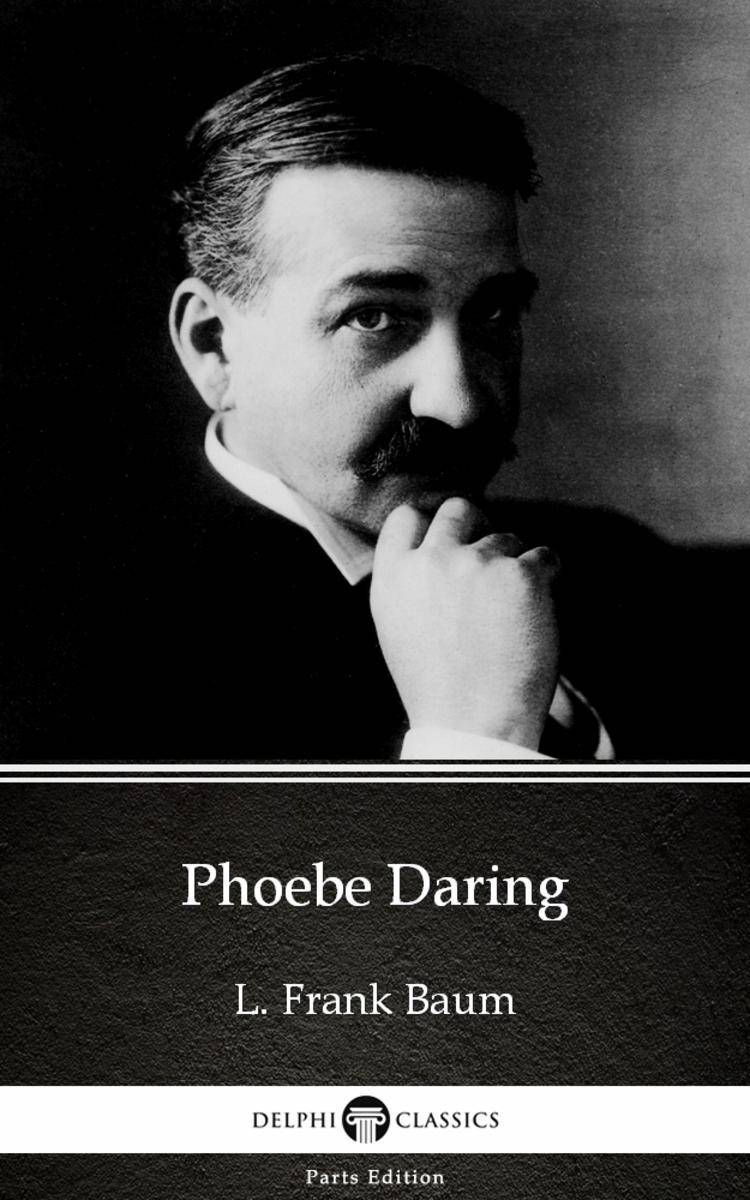
Phoebe Daring by L. Frank Baum - Delphi Classics (Illustrated)
¥8.09
This eBook features the unabridged text of ‘Phoebe Daring by L. Frank Baum - Delphi Classics (Illustrated)’ from the bestselling edition of ‘The Complete Works of L. Frank Baum’. Having established their name as the leading publisher of classic literature and art, Delphi Classics produce publications that are individually crafted with superior formatting, while introducing many rare texts for the first time in digital print. The Delphi Classics edition of Baum includes original annotations and illustrations relating to the life and works of the author, as well as individual tables of contents, allowing you to navigate eBooks quickly and easily. eBook features: * The complete unabridged text of ‘Phoebe Daring by L. Frank Baum - Delphi Classics (Illustrated)’ * Beautifully illustrated with images related to Baum’s works * Individual contents table, allowing easy navigation around the eBook * Excellent formatting of the text Please visit www.delphiclassics.com to learn more about our wide range of titles
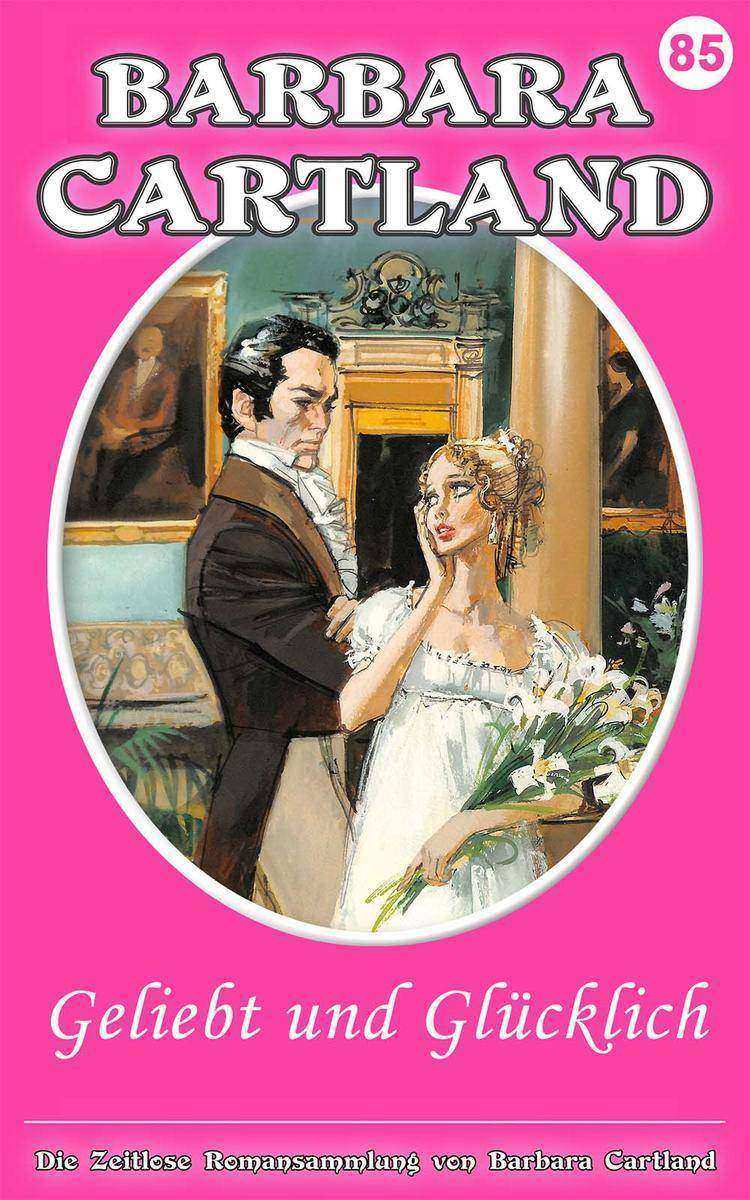
Geliebt und Glücklich
¥52.32
Gilda Wyngate befindet sich nach dem Tod ihres Vaters in gro?en finanziellen Schwierigkeiten und ist v?llig verzweifelt. Zu allem Unglück erh?lt das junge M?dchen unverhofft Besuch von ihrer egoistischen und habgierigen Schwester Heloise, die ihr zum Verwechseln ?hnlich sieht. Heloise ist fest entschlossen, den begehrtesten Junggesellen Londons, den Marquis von Staverton, zu heiraten - doch bestimmt nicht aus Liebe. Diese Einstellung befremdet Gilda sehr. Doch sie ?ndert ihre Denkweise, als sie Heloise tot auffindet-gestorben an einer ?berdosis Laudanum. In ihrer bedrückenden Notlage entschlie?t sie sich, den Platz ihrer Schwester einzunehmen.
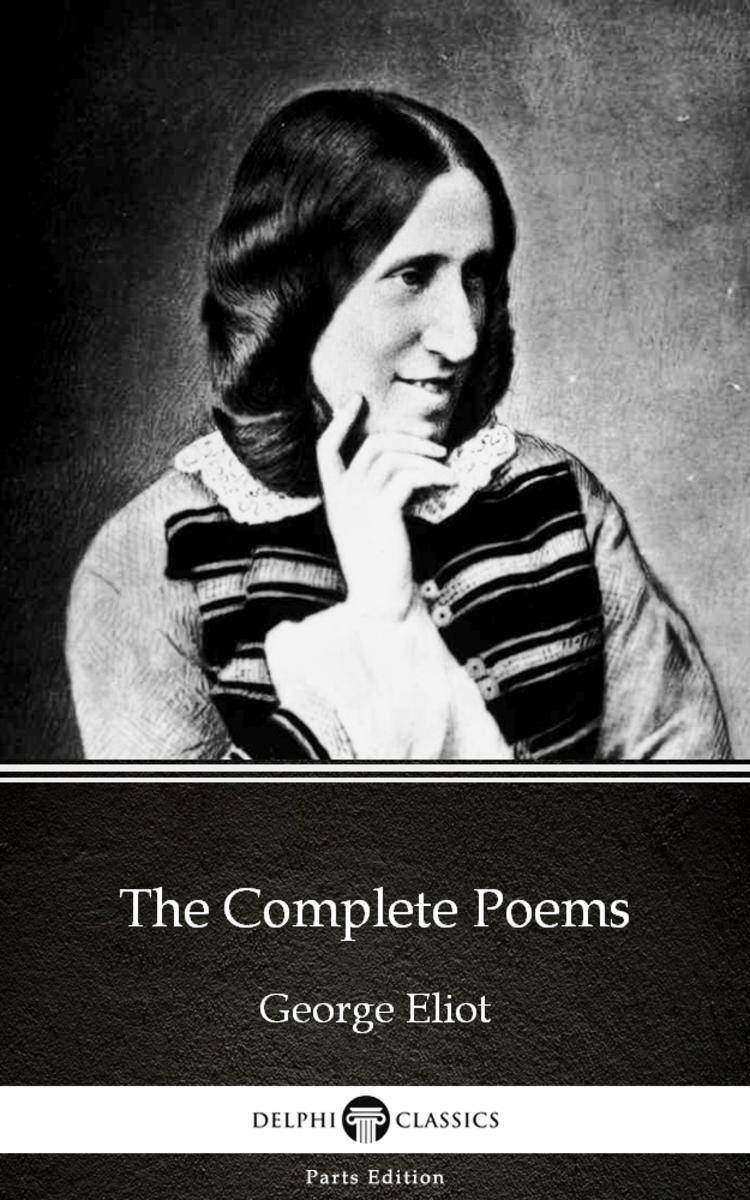
The Complete Poems by George Eliot - Delphi Classics (Illustrated)
¥8.09
This eBook features the unabridged text of ‘The Complete Poems by George Eliot - Delphi Classics (Illustrated)’ from the bestselling edition of ‘The Complete Works of George Eliot’. Having established their name as the leading publisher of classic literature and art, Delphi Classics produce publications that are individually crafted with superior formatting, while introducing many rare texts for the first time in digital print. The Delphi Classics edition of Eliot includes original annotations and illustrations relating to the life and works of the author, as well as individual tables of contents, allowing you to navigate eBooks quickly and easily. eBook features: * The complete unabridged text of ‘The Complete Poems by George Eliot - Delphi Classics (Illustrated)’ * Beautifully illustrated with images related to Eliot’s works * Individual contents table, allowing easy navigation around the eBook * Excellent formatting of the text Please visit www.delphiclassics.com to learn more about our wide range of titles
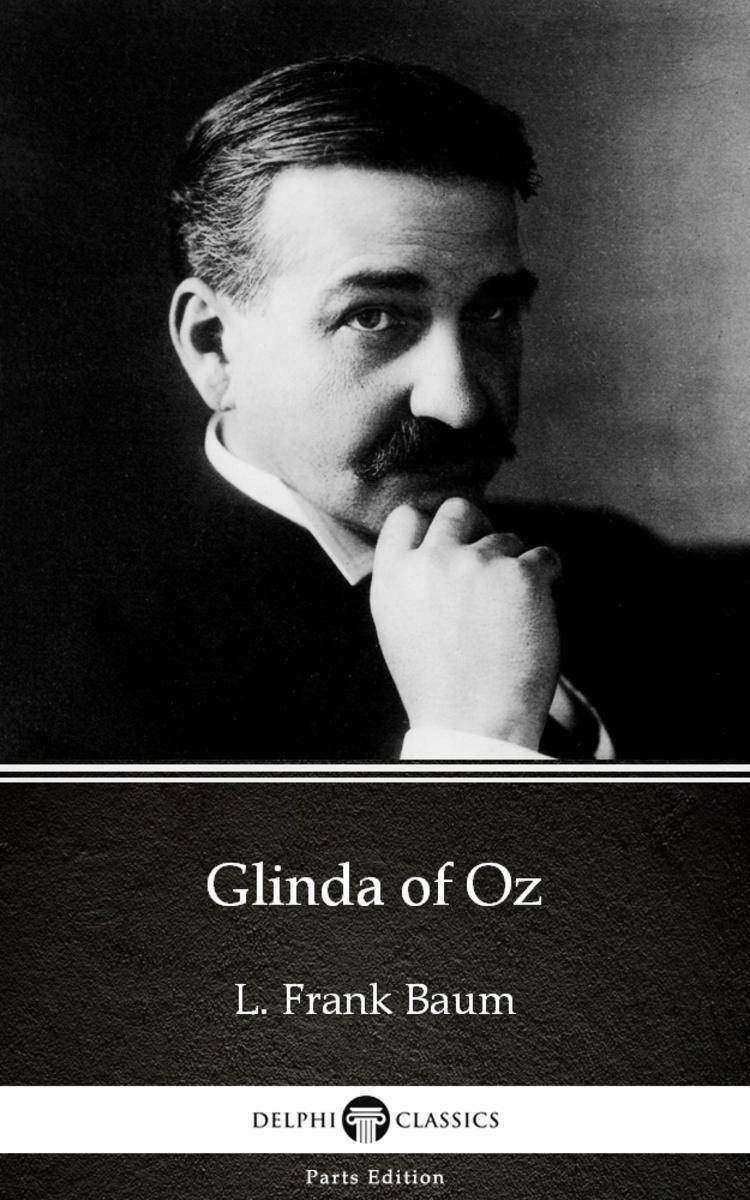
Glinda of Oz by L. Frank Baum - Delphi Classics (Illustrated)
¥8.09
This eBook features the unabridged text of ‘Glinda of Oz by L. Frank Baum - Delphi Classics (Illustrated)’ from the bestselling edition of ‘The Complete Works of L. Frank Baum’. Having established their name as the leading publisher of classic literature and art, Delphi Classics produce publications that are individually crafted with superior formatting, while introducing many rare texts for the first time in digital print. The Delphi Classics edition of Baum includes original annotations and illustrations relating to the life and works of the author, as well as individual tables of contents, allowing you to navigate eBooks quickly and easily. eBook features: * The complete unabridged text of ‘Glinda of Oz by L. Frank Baum - Delphi Classics (Illustrated)’ * Beautifully illustrated with images related to Baum’s works * Individual contents table, allowing easy navigation around the eBook * Excellent formatting of the text Please visit www.delphiclassics.com to learn more about our wide range of titles
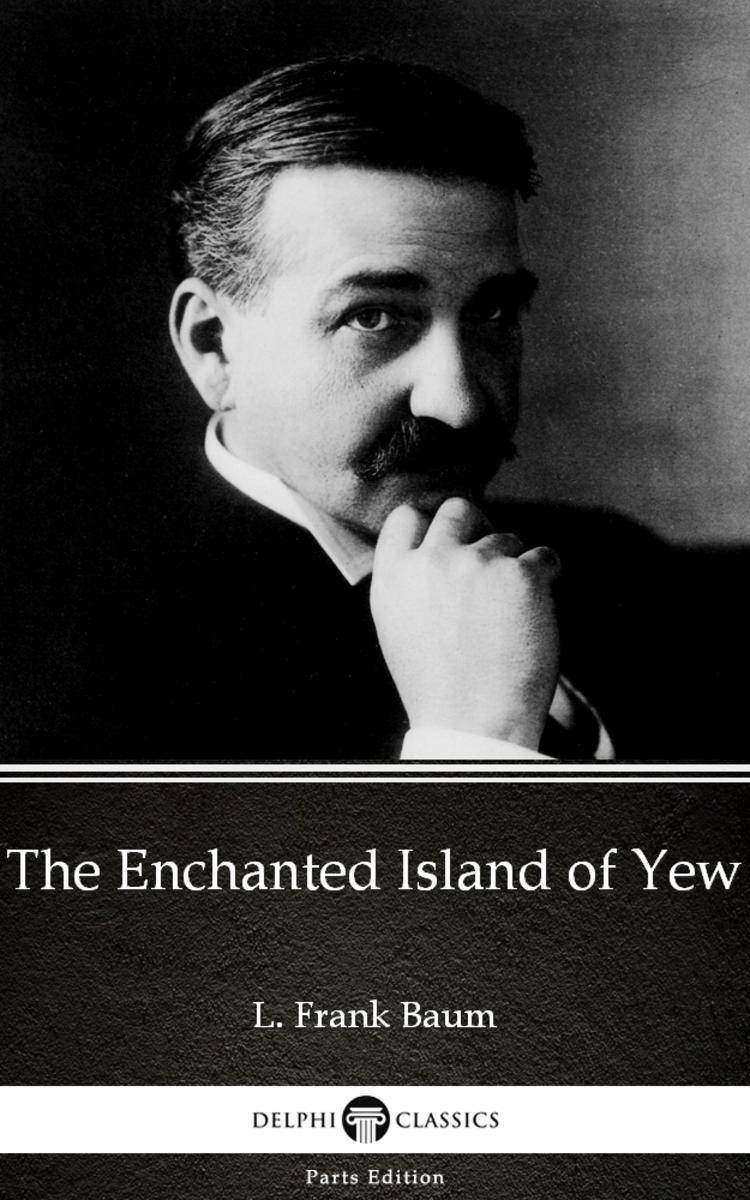
The Enchanted Island of Yew by L. Frank Baum - Delphi Classics (Illustrated)
¥8.09
This eBook features the unabridged text of ‘The Enchanted Island of Yew by L. Frank Baum - Delphi Classics (Illustrated)’ from the bestselling edition of ‘The Complete Works of L. Frank Baum’. Having established their name as the leading publisher of classic literature and art, Delphi Classics produce publications that are individually crafted with superior formatting, while introducing many rare texts for the first time in digital print. The Delphi Classics edition of Baum includes original annotations and illustrations relating to the life and works of the author, as well as individual tables of contents, allowing you to navigate eBooks quickly and easily. eBook features: * The complete unabridged text of ‘The Enchanted Island of Yew by L. Frank Baum - Delphi Classics (Illustrated)’ * Beautifully illustrated with images related to Baum’s works * Individual contents table, allowing easy navigation around the eBook * Excellent formatting of the text Please visit www.delphiclassics.com to learn more about our wide range of titles
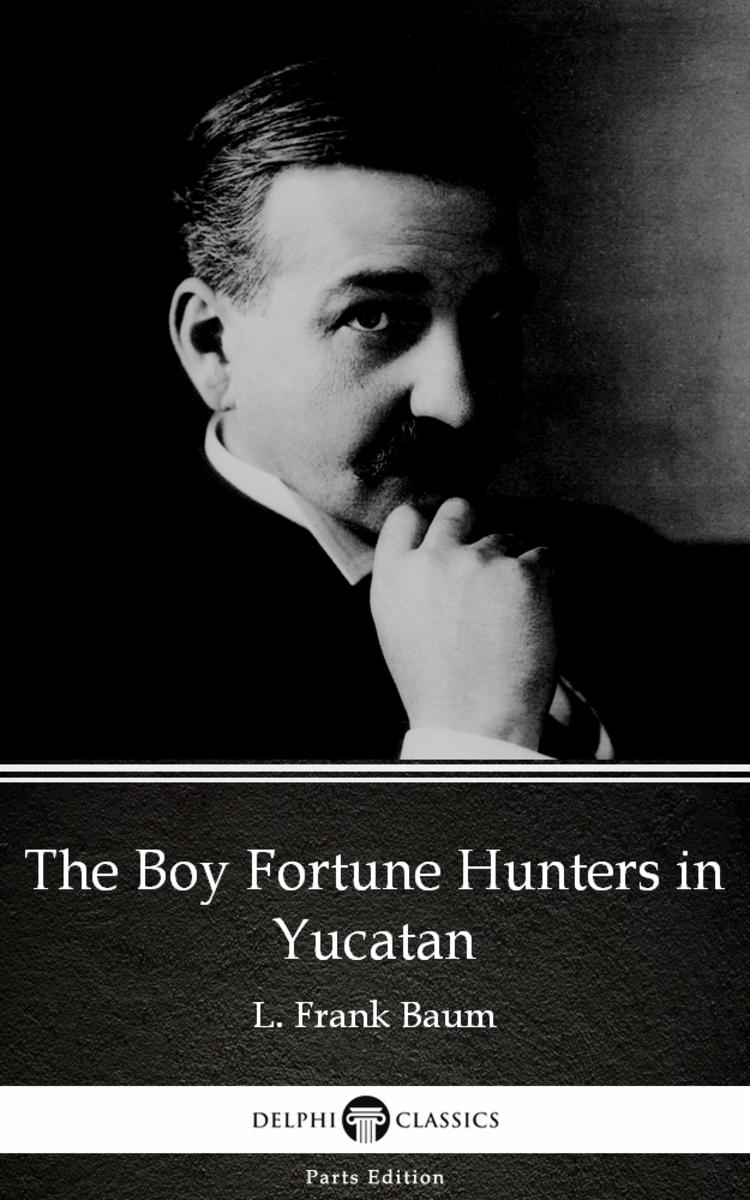
The Boy Fortune Hunters in Yucatan by L. Frank Baum - Delphi Classics (Illustrat
¥8.09
This eBook features the unabridged text of ‘The Boy Fortune Hunters in Yucatan by L. Frank Baum - Delphi Classics (Illustrated)’ from the bestselling edition of ‘The Complete Works of L. Frank Baum’. Having established their name as the leading publisher of classic literature and art, Delphi Classics produce publications that are individually crafted with superior formatting, while introducing many rare texts for the first time in digital print. The Delphi Classics edition of Baum includes original annotations and illustrations relating to the life and works of the author, as well as individual tables of contents, allowing you to navigate eBooks quickly and easily. eBook features: * The complete unabridged text of ‘The Boy Fortune Hunters in Yucatan by L. Frank Baum - Delphi Classics (Illustrated)’ * Beautifully illustrated with images related to Baum’s works * Individual contents table, allowing easy navigation around the eBook * Excellent formatting of the text Please visit www.delphiclassics.com to learn more about our wide range of titles
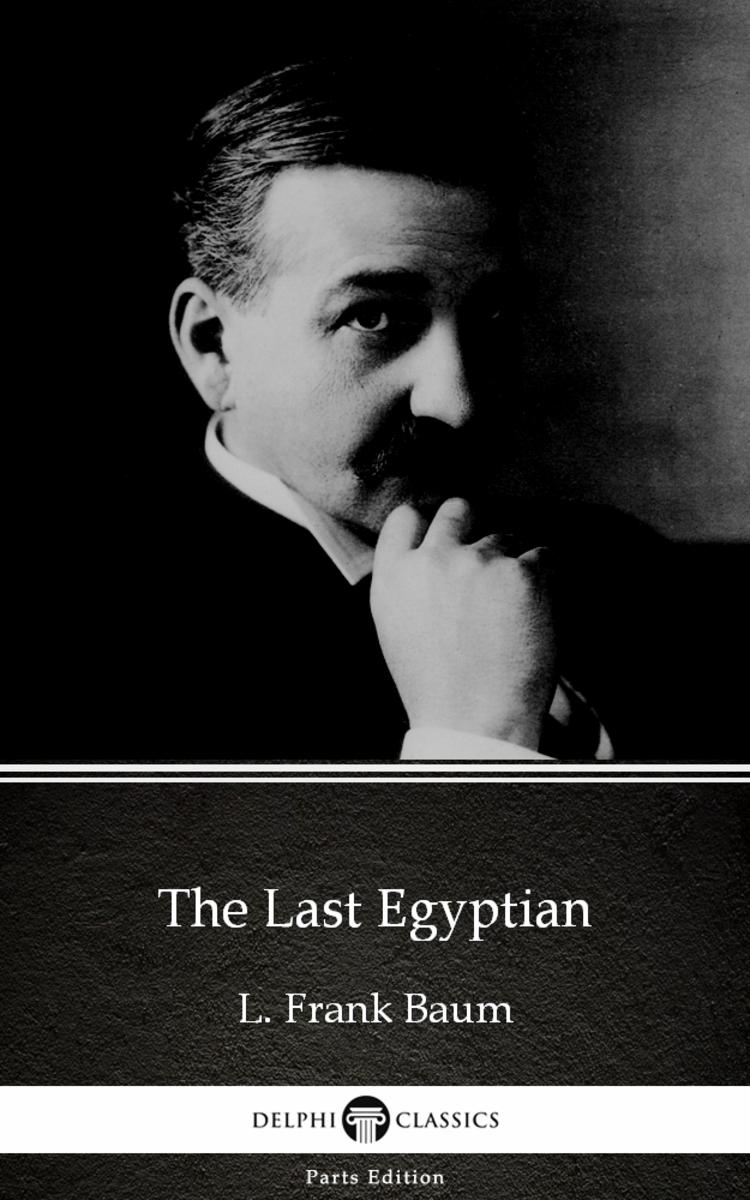
The Last Egyptian by L. Frank Baum - Delphi Classics (Illustrated)
¥8.09
This eBook features the unabridged text of ‘The Last Egyptian by L. Frank Baum - Delphi Classics (Illustrated)’ from the bestselling edition of ‘The Complete Works of L. Frank Baum’. Having established their name as the leading publisher of classic literature and art, Delphi Classics produce publications that are individually crafted with superior formatting, while introducing many rare texts for the first time in digital print. The Delphi Classics edition of Baum includes original annotations and illustrations relating to the life and works of the author, as well as individual tables of contents, allowing you to navigate eBooks quickly and easily. eBook features: * The complete unabridged text of ‘The Last Egyptian by L. Frank Baum - Delphi Classics (Illustrated)’ * Beautifully illustrated with images related to Baum’s works * Individual contents table, allowing easy navigation around the eBook * Excellent formatting of the text Please visit www.delphiclassics.com to learn more about our wide range of titles
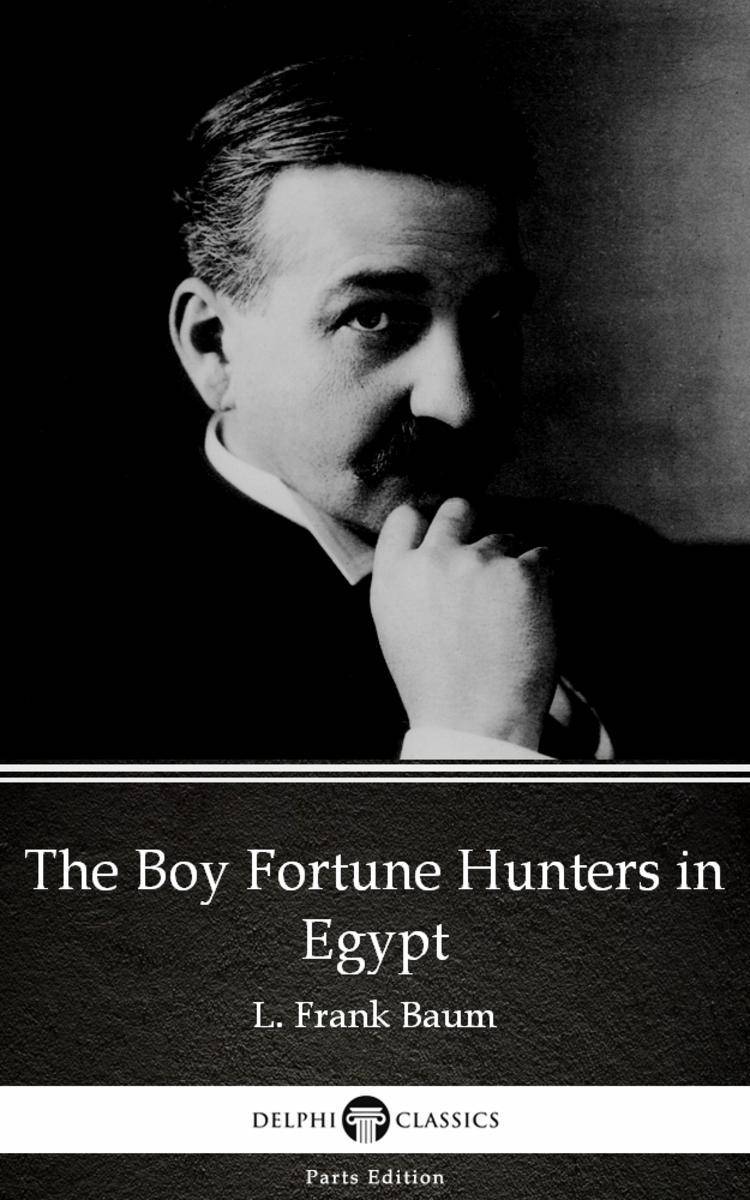
The Boy Fortune Hunters in Egypt by L. Frank Baum - Delphi Classics (Illustrated
¥8.09
This eBook features the unabridged text of ‘The Boy Fortune Hunters in Egypt by L. Frank Baum - Delphi Classics (Illustrated)’ from the bestselling edition of ‘The Complete Works of L. Frank Baum’. Having established their name as the leading publisher of classic literature and art, Delphi Classics produce publications that are individually crafted with superior formatting, while introducing many rare texts for the first time in digital print. The Delphi Classics edition of Baum includes original annotations and illustrations relating to the life and works of the author, as well as individual tables of contents, allowing you to navigate eBooks quickly and easily. eBook features: * The complete unabridged text of ‘The Boy Fortune Hunters in Egypt by L. Frank Baum - Delphi Classics (Illustrated)’ * Beautifully illustrated with images related to Baum’s works * Individual contents table, allowing easy navigation around the eBook * Excellent formatting of the text Please visit www.delphiclassics.com to learn more about our wide range of titles
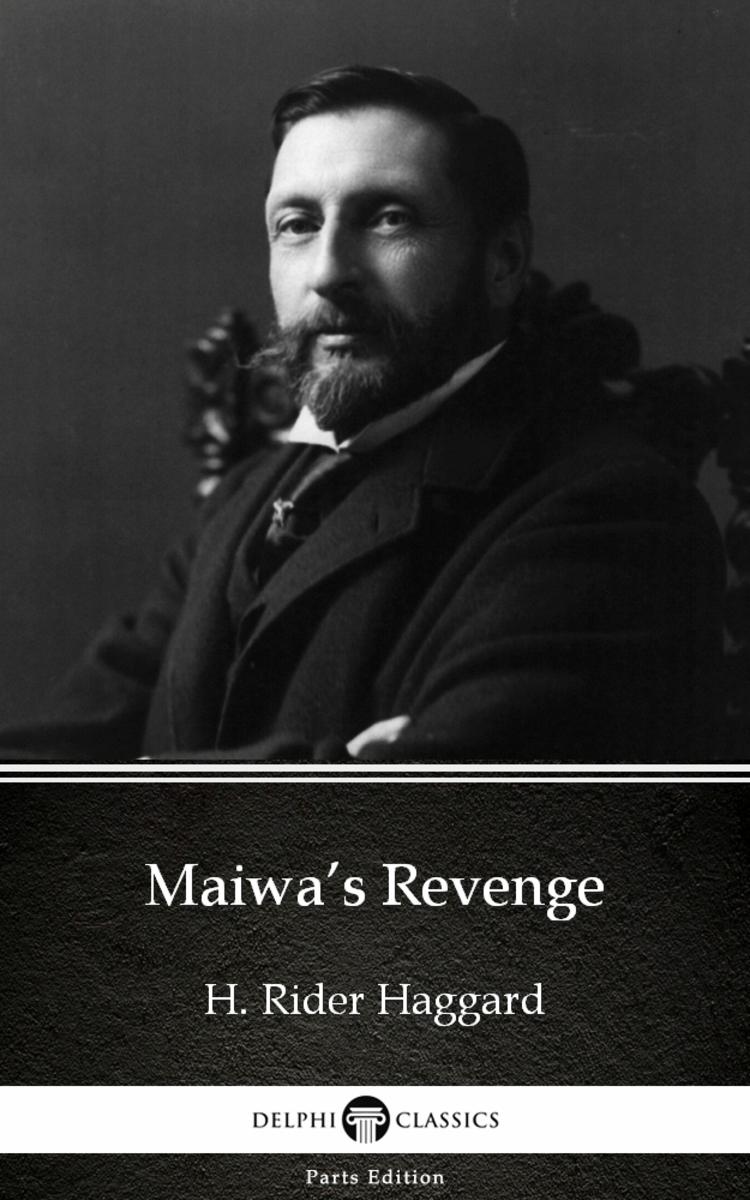
Maiwa’s Revenge by H. Rider Haggard - Delphi Classics (Illustrated)
¥8.09
This eBook features the unabridged text of ‘Maiwa’s Revenge by H. Rider Haggard - Delphi Classics (Illustrated)’ from the bestselling edition of ‘The Complete Works of H. Rider Haggard’. Having established their name as the leading publisher of classic literature and art, Delphi Classics produce publications that are individually crafted with superior formatting, while introducing many rare texts for the first time in digital print. The Delphi Classics edition of Haggard includes original annotations and illustrations relating to the life and works of the author, as well as individual tables of contents, allowing you to navigate eBooks quickly and easily. eBook features: * The complete unabridged text of ‘Maiwa’s Revenge by H. Rider Haggard - Delphi Classics (Illustrated)’ * Beautifully illustrated with images related to Haggard’s works * Individual contents table, allowing easy navigation around the eBook * Excellent formatting of the text Please visit www.delphiclassics.com to learn more about our wide range of titles
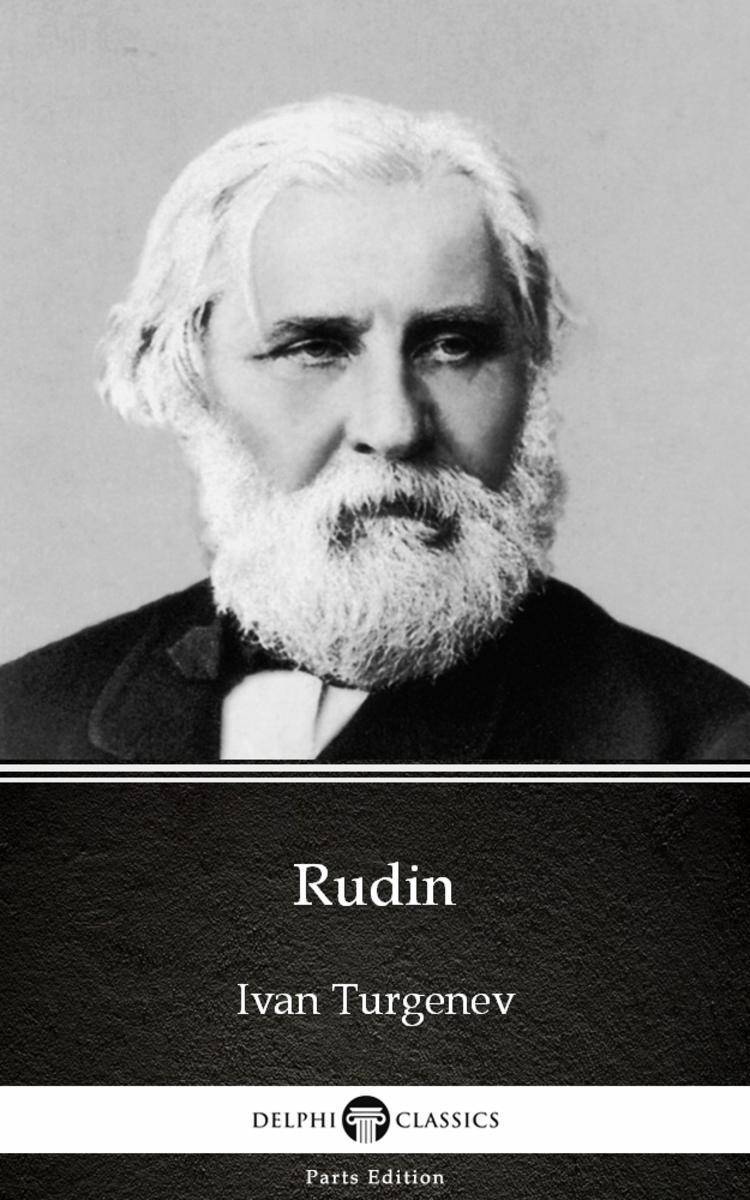
Rudin by Ivan Turgenev - Delphi Classics (Illustrated)
¥8.09
This eBook features the unabridged text of ‘Rudin by Ivan Turgenev - Delphi Classics (Illustrated)’ from the bestselling edition of ‘The Collected Works of Ivan Turgenev’. Having established their name as the leading publisher of classic literature and art, Delphi Classics produce publications that are individually crafted with superior formatting, while introducing many rare texts for the first time in digital print. The Delphi Classics edition of Turgenev includes original annotations and illustrations relating to the life and works of the author, as well as individual tables of contents, allowing you to navigate eBooks quickly and easily. eBook features: * The complete unabridged text of ‘Rudin by Ivan Turgenev - Delphi Classics (Illustrated)’ * Beautifully illustrated with images related to Turgenev’s works * Individual contents table, allowing easy navigation around the eBook * Excellent formatting of the text Please visit www.delphiclassics.com to learn more about our wide range of titles
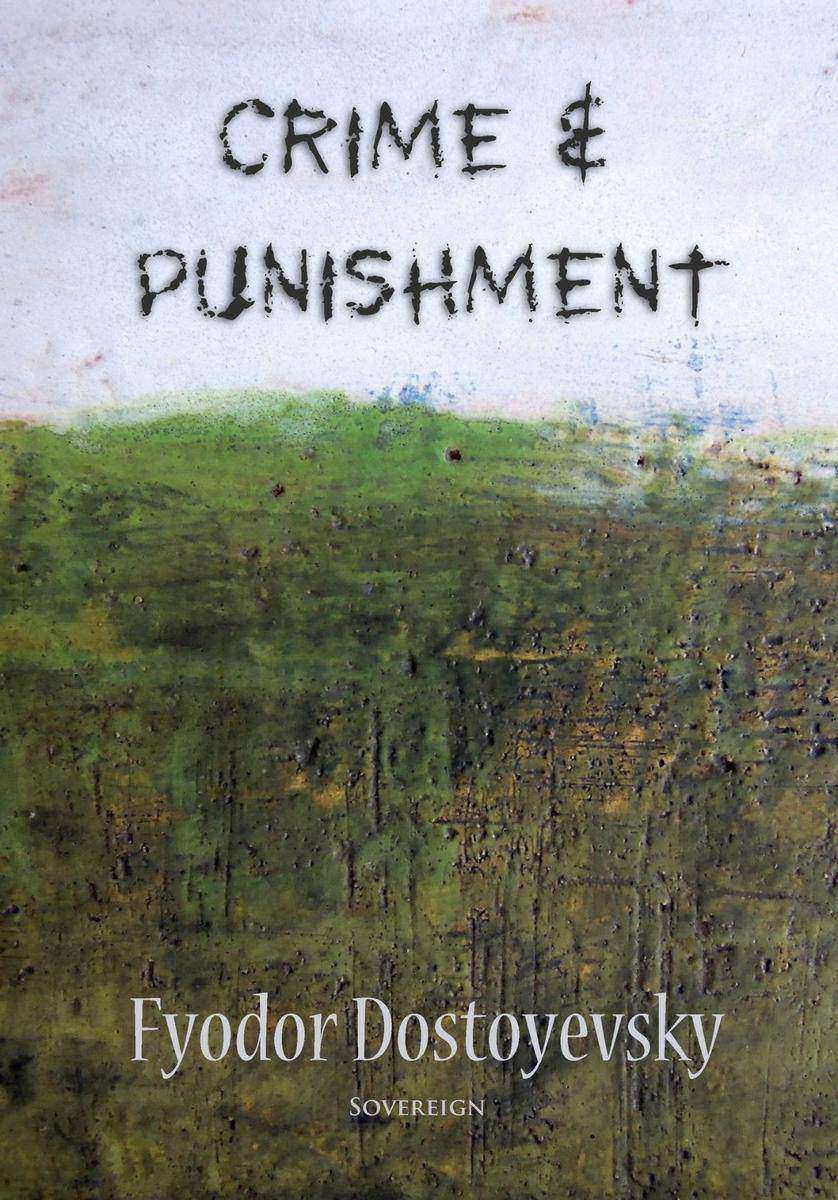
Crime and Punishment
¥40.79
Is murder is permissible in pursuit of a higher purpose? Meet Raskolnikov, an impoverished ex-student in St. Petersburg who formulates and executes a plan to kill an unscrupulous pawnbroker for her cash. Raskolnikov argues that with the pawnbroker's money he can perform good deeds to counterbalance the crime.
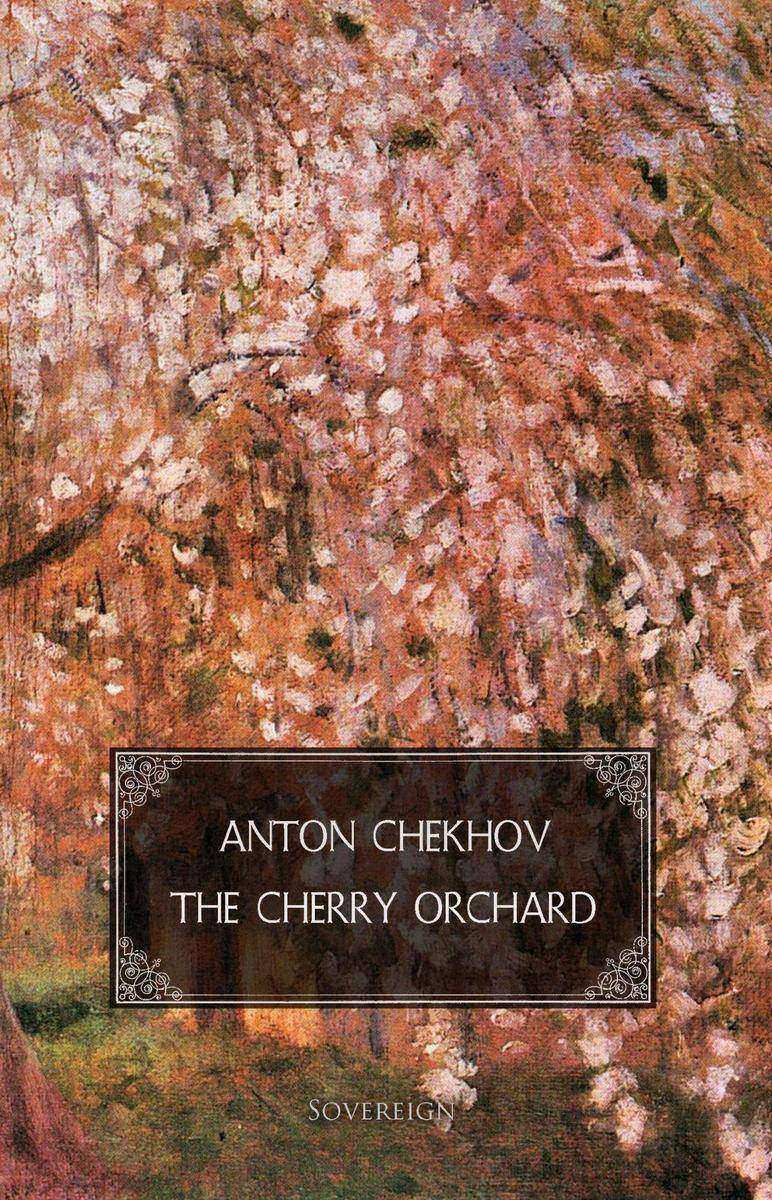
The Cherry Orchard: A comedy in four acts
¥40.79
Inspired by experiences in Chekhov's own life, Cherry Orchard follows life of an aristocratic Russian woman and her family as they return to the family's estate. Written as a comedy and containing elements of farce, Stanislavski directed the play as a tragedy in Moscow. Since this initial production, many prominent directors of the world continue to stage this play, each interpreting the work differently.
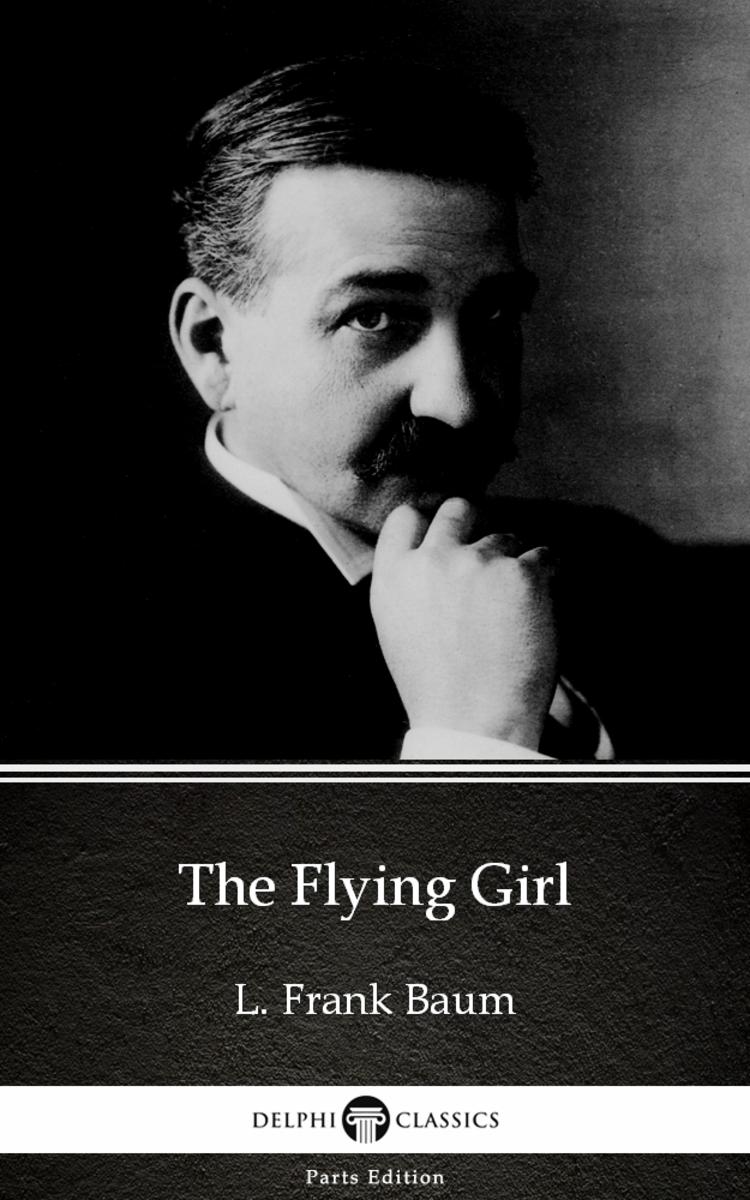
The Flying Girl by L. Frank Baum - Delphi Classics (Illustrated)
¥8.09
This eBook features the unabridged text of ‘The Flying Girl by L. Frank Baum - Delphi Classics (Illustrated)’ from the bestselling edition of ‘The Complete Works of L. Frank Baum’. Having established their name as the leading publisher of classic literature and art, Delphi Classics produce publications that are individually crafted with superior formatting, while introducing many rare texts for the first time in digital print. The Delphi Classics edition of Baum includes original annotations and illustrations relating to the life and works of the author, as well as individual tables of contents, allowing you to navigate eBooks quickly and easily. eBook features: * The complete unabridged text of ‘The Flying Girl by L. Frank Baum - Delphi Classics (Illustrated)’ * Beautifully illustrated with images related to Baum’s works * Individual contents table, allowing easy navigation around the eBook * Excellent formatting of the text Please visit www.delphiclassics.com to learn more about our wide range of titles
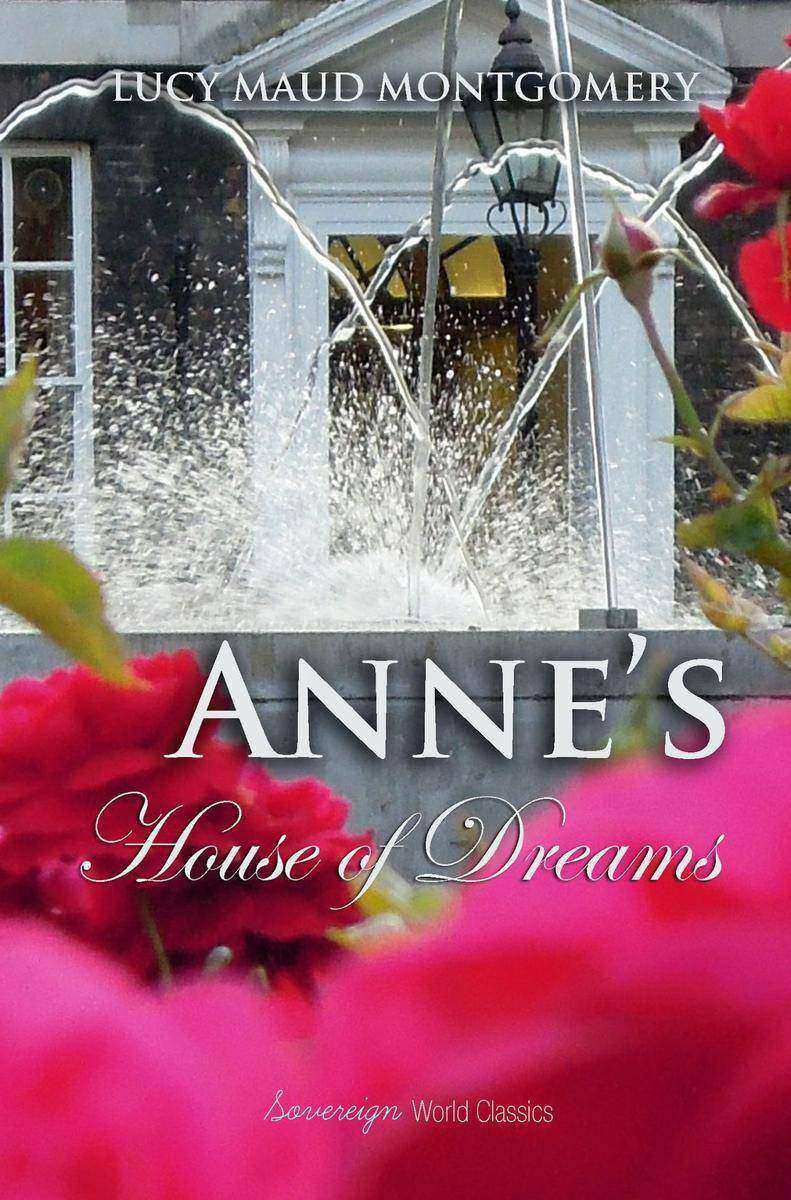
Anne's House of Dreams
¥40.79
Anne’s House of Dreams begins with Anne and Gilbert's wedding, which takes place in the Green Gables orchard. After the wedding, they move to their first home together, which Anne calls their house of dreams. This book follows Anne from the age of 25 to 27.
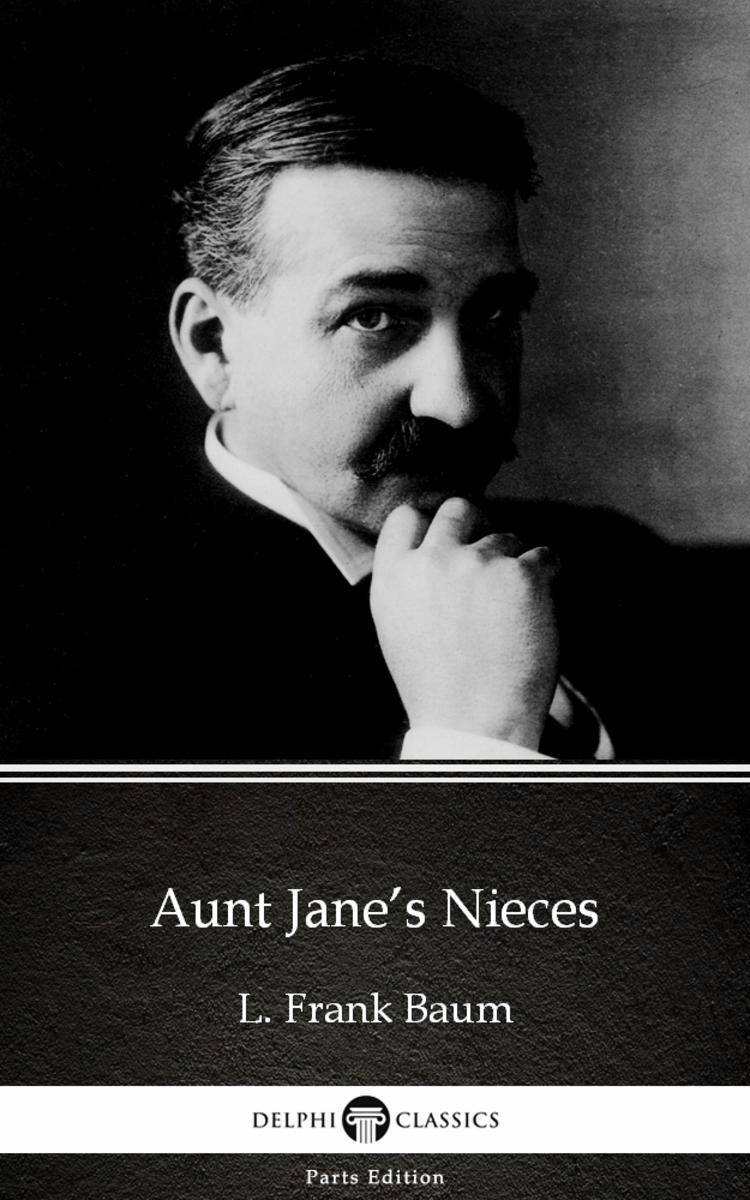
Aunt Jane’s Nieces by L. Frank Baum - Delphi Classics (Illustrated)
¥8.09
This eBook features the unabridged text of ‘Aunt Jane’s Nieces by L. Frank Baum - Delphi Classics (Illustrated)’ from the bestselling edition of ‘The Complete Works of L. Frank Baum’. Having established their name as the leading publisher of classic literature and art, Delphi Classics produce publications that are individually crafted with superior formatting, while introducing many rare texts for the first time in digital print. The Delphi Classics edition of Baum includes original annotations and illustrations relating to the life and works of the author, as well as individual tables of contents, allowing you to navigate eBooks quickly and easily. eBook features: * The complete unabridged text of ‘Aunt Jane’s Nieces by L. Frank Baum - Delphi Classics (Illustrated)’ * Beautifully illustrated with images related to Baum’s works * Individual contents table, allowing easy navigation around the eBook * Excellent formatting of the text Please visit www.delphiclassics.com to learn more about our wide range of titles
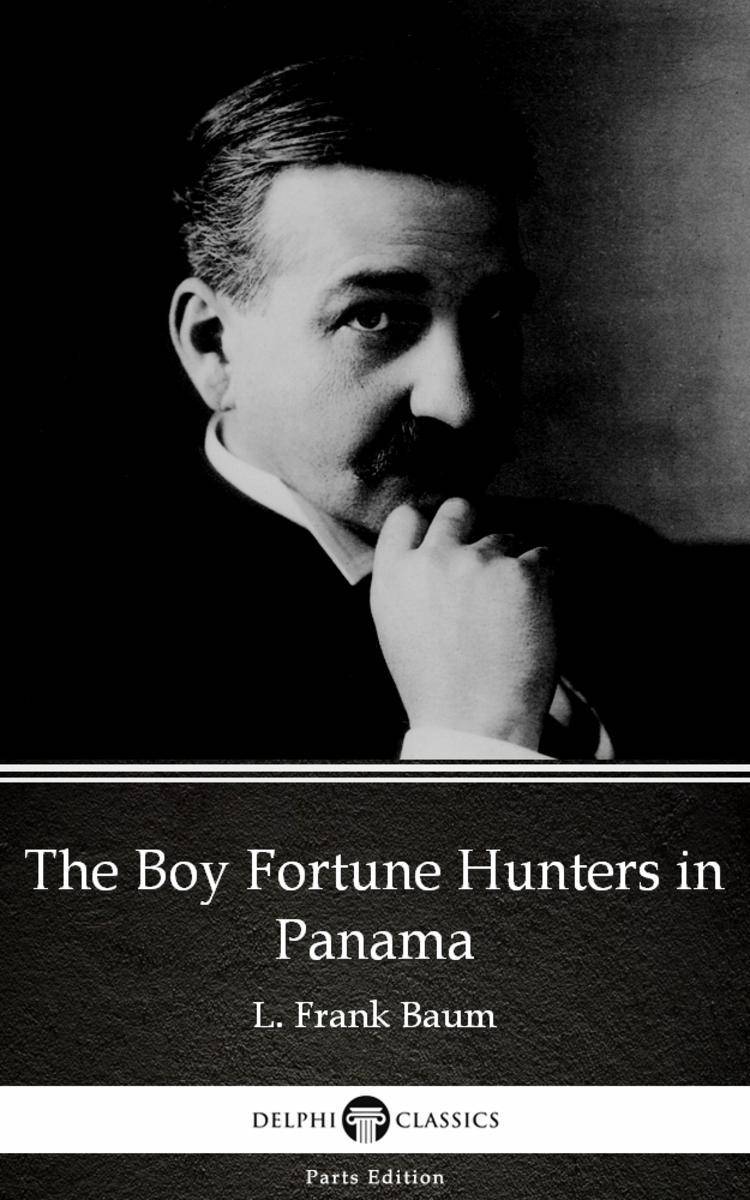
The Boy Fortune Hunters in Panama by L. Frank Baum - Delphi Classics (Illustrate
¥8.09
This eBook features the unabridged text of ‘The Boy Fortune Hunters in Panama by L. Frank Baum - Delphi Classics (Illustrated)’ from the bestselling edition of ‘The Complete Works of L. Frank Baum’. Having established their name as the leading publisher of classic literature and art, Delphi Classics produce publications that are individually crafted with superior formatting, while introducing many rare texts for the first time in digital print. The Delphi Classics edition of Baum includes original annotations and illustrations relating to the life and works of the author, as well as individual tables of contents, allowing you to navigate eBooks quickly and easily. eBook features: * The complete unabridged text of ‘The Boy Fortune Hunters in Panama by L. Frank Baum - Delphi Classics (Illustrated)’ * Beautifully illustrated with images related to Baum’s works * Individual contents table, allowing easy navigation around the eBook * Excellent formatting of the text Please visit www.delphiclassics.com to learn more about our wide range of titles
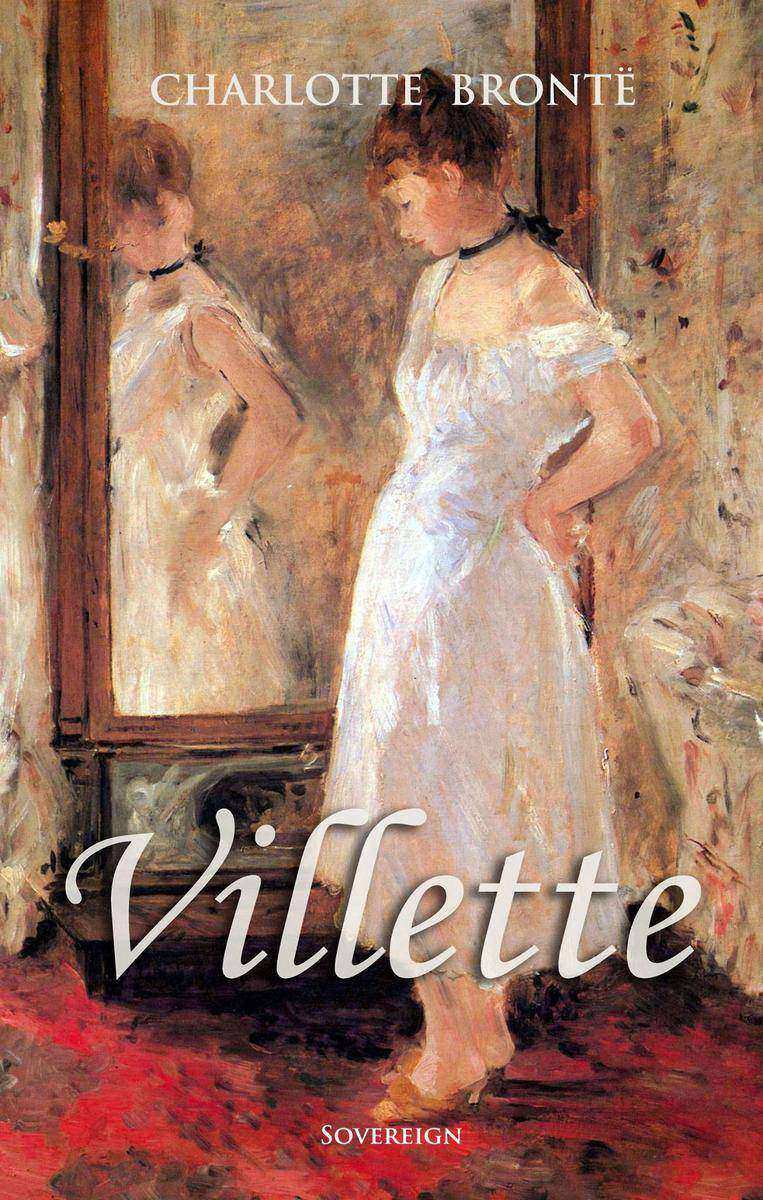
Villette
¥40.79
Lucy Snowe travels to the fictional city of Villette to teach at an all-girls school where she is unwillingly pulled into both adventure and romance.
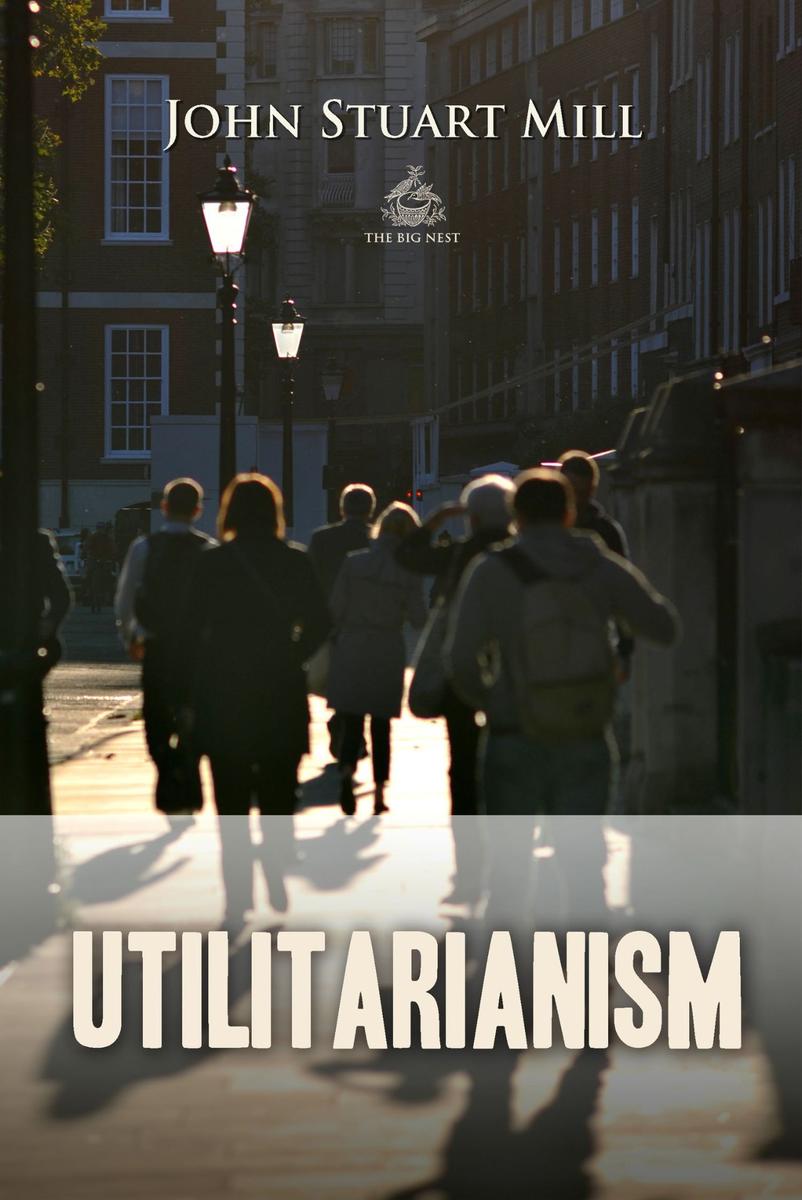
Utilitarianism
¥40.79
The book explains what utilitarianism is, why it is the best theory of ethics, defends it against a wide range of criticisms and misunderstandings. Though heavily criticized both in Mill's lifetime and in the years since, Utilitarianism did a great deal to popularize utilitarian ethics and was 'the most influential philosophical articulation of a liberal humanistic morality that was produced in the nineteenth century.'
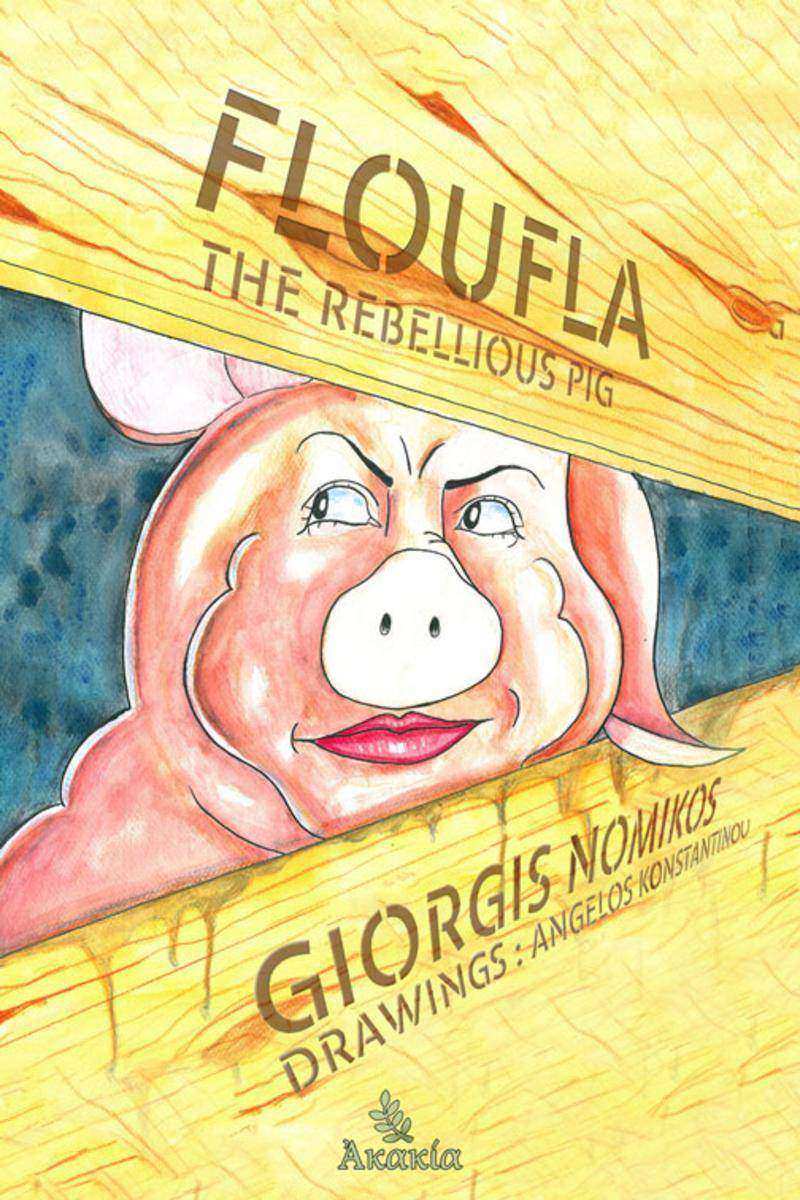
Floufla the Rebellious Pig
¥52.65
Once upon a time, pig had friends in a pig farm. She was liked to talk about politics with other animals about their future. The day came in which a butcher and his son took her to a slaughterhouse. She was taken to the garden while the family went to the supermarket, thinking of how to prepare our little pig as a dish. In the meanwhile, the pig seeks for the help of various insects, such as a ladybug, a grasshopper, and the ants nearby, but all refuse to help her. The butterfly wanted to help, but she was in a hurry, as she was afraid of being captured by the kids. It seemed the rebellious pig was done for. A very caring bee, however, came near the garden. Floufla told the bee she would turn into roasted pork for dinner. Fearing for Floufla’s future, the bee ran to her beehive to inform the Queen about the incident. The queen decided to stop the operations of the beehive and organize an Extraordinary Council, and the board decided to help Floufla under the directions of the Queen. The working bees, disciplined and obedient, stung the family and sacrificed themselves for Floufla’s freedom. While the family was busy trying to relieve themselves with ointments, Floufla escapes to the meadow, and before Floufla departs, the Queen gives her a final piece of advice that Floufla should observe those around her and respect their diversity.

Orchid Growing for Beginners:A Beginners Starters Guide to Growing Orchids
¥38.62
WANT TO LEARN THE INS AND OUTS OF ORCHID GROWING FOR BEGINNERS? Here Is A Preview Of What You'll Learn... Why Should I Grow Orchids? What My Orchid Needs Important Growing Requirements for Your Orchids Re-potting Your Orchids Propagation to Help Grow More Orchids Much, Much, More!

A to Z The Total Noob's Guide to Growing Orchids for Total Beginners
¥32.62
You Can Grow Your Own Orchids, Yes You Can! You're probably already thinking to yourself If I have to read a book to grow a flower in a pot, why should I bother?! Yeah, I know –but to be honest, there are a lot of excellent things that come with being able to master at least growing one successful pot of orchids. For one thing, they're gorgeous! Who wouldn't want to say, "Yeah, I grew those…"? Damn right you would! Being a badass indoor gardener is one thing, but tackling tropical plants like orchids is a feat unto itself. It's an artform. Think about it for a second. Most of us do not live in the climate conducive to these beauties just thriving on their own in the wild. Anyone who already actively grows and nurtures any species of orchid knows that you've got to climate control that environment like you wouldn't believe. It's not just about that, but you also must watch other factors too. It's an extremely rewarding yet very challenging experience. In addition, there are so many different species of orchid out there that you can safely assume that each plant you grow is going to be unique to itself. You can get some that you know will definitely be the same color, size or general shape, but we all know that there are so many things unique to each plant. How many flower spikes you end up with after the first blooms dissipate, how many leaves you have, how tall it grows and so many other things are all going to be different. The cool thing is that with the right know-how, you can nurture one potted orchid for years before you have to kiss it goodbye. In fact, you might keep them growing for almost a decade without even realizing it if you can take care them properly. It will also bolster your confidence when it comes to indoor gardening. You might have never planted anything outside, but you can throw these puppies in a pot and watch them go for forever if you follow a few key pointers and stay on top of their care. You just need to lovingly embrace the hobby and be patient with the process. Heck, you could have a whole atrium or sunroom full of tropical flowers by the time you're finished fooling around with different kinds –and there are a lot of them! Just imagine the possibilities… In this book, you're going to learn all about how to start off on the right foot with one of the cantankerous ones: orchids. So get out your gloves, grab a bag of potting mix, start jotting down supplies on a notepad, and get growing!




 购物车
购物车 个人中心
个人中心



